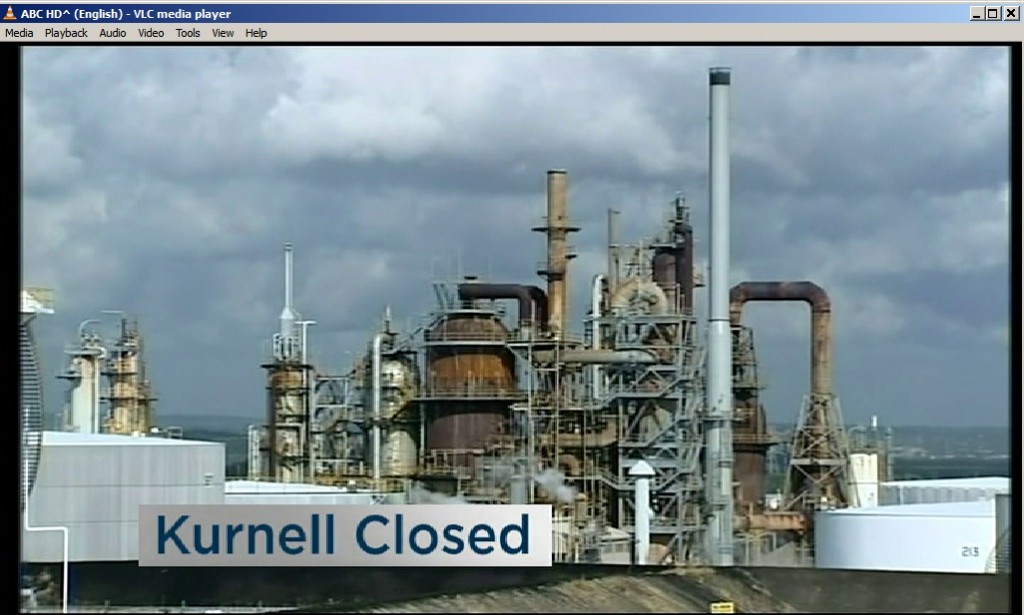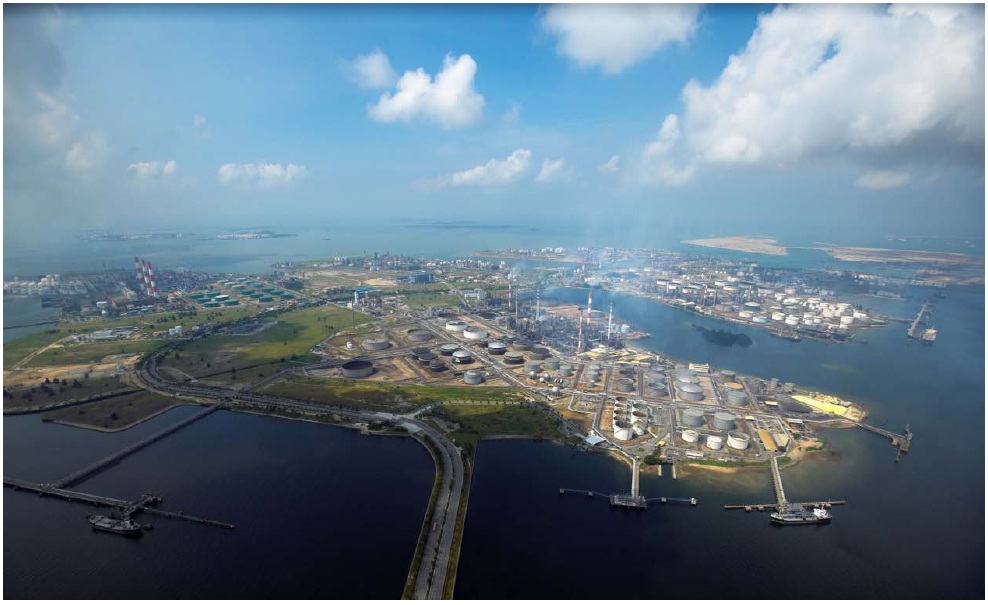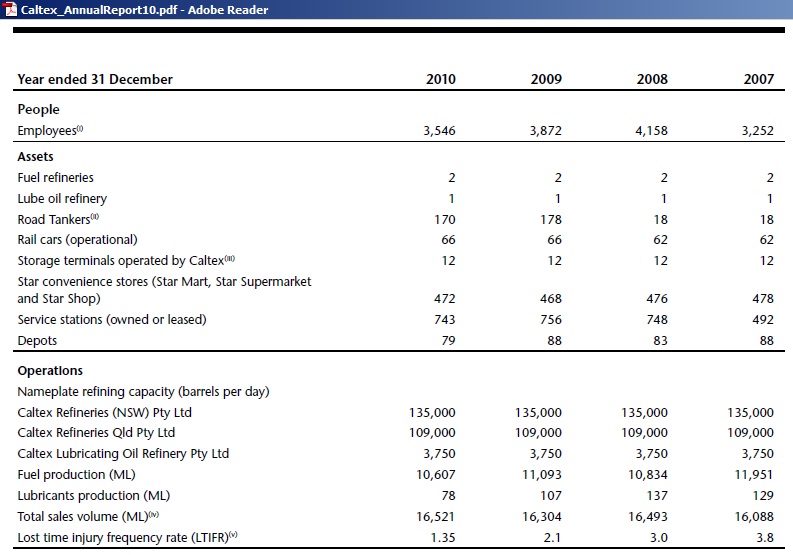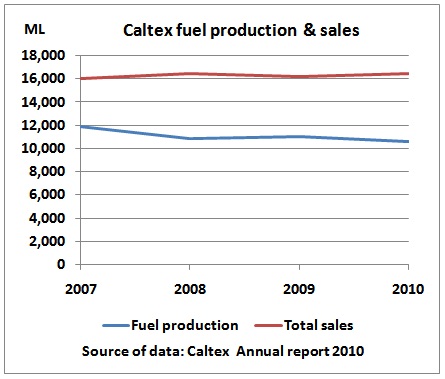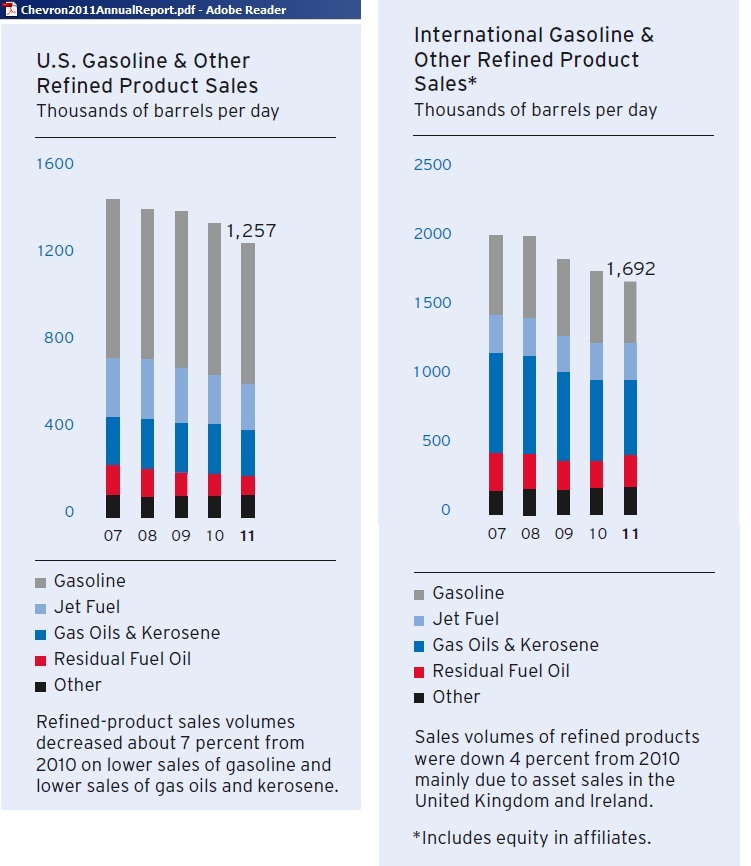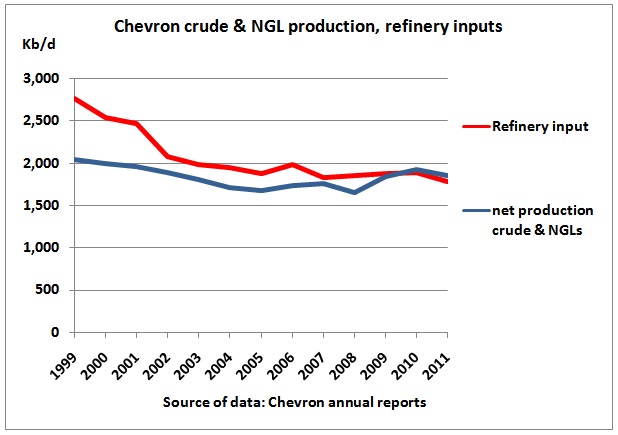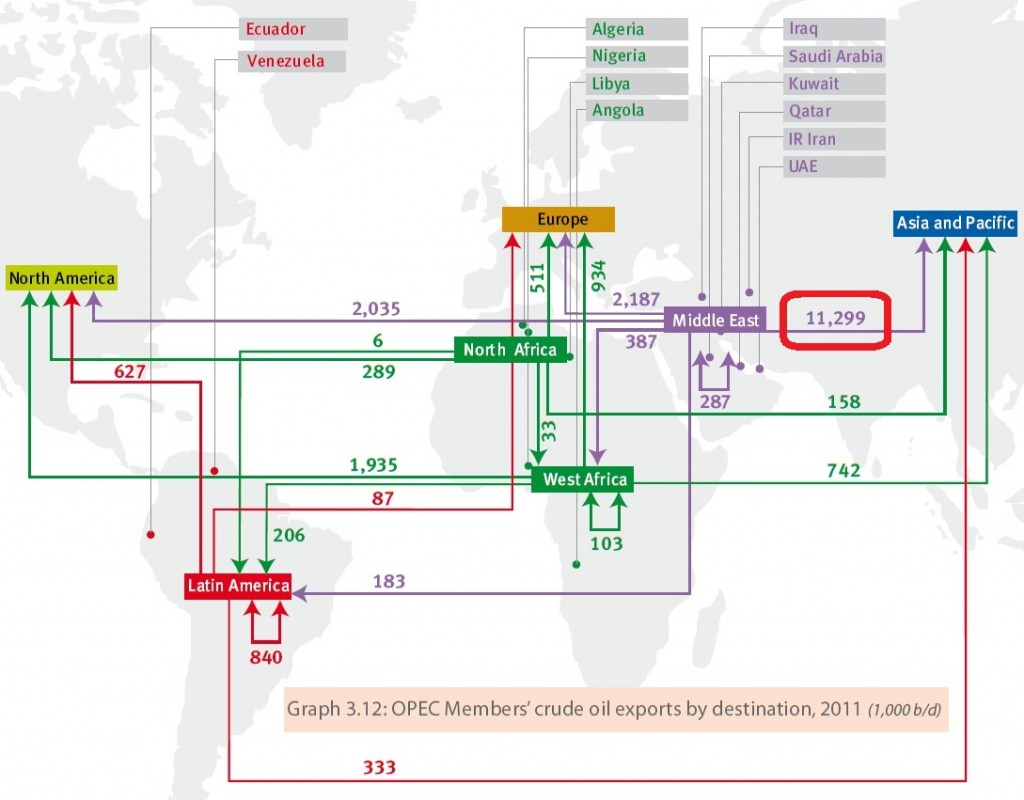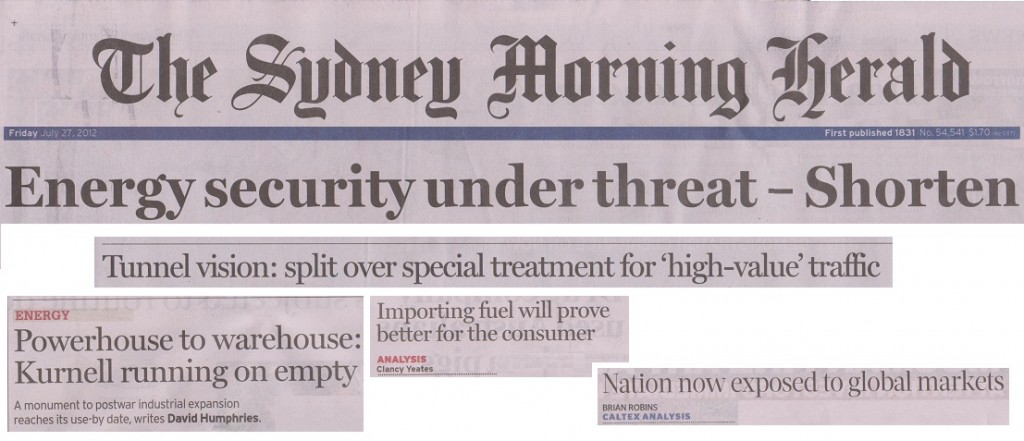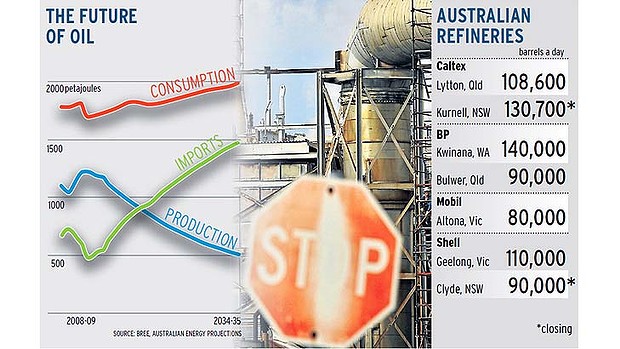Welcome to the Asian century. As the Caltex refinery in Sydney will close in 2014, Caltex will get its fuel from Chevron with refineries in Singapore, Thailand and South Korea. There, Australian motorists will increasingly compete with Asian motorists. For example, Chevron’s share in the Singapore Refining Company (SRC) is only 50%. The other 50% are held by the Singapore Petroleum Company which is a wholly owned subsidiary of PetroChina. In China, 14 million new motorists are joining the race for petrol in year #8 of peak oil, also called the petroleum zero sum game. This image shows the Jurong island in the South West of Singapore, with the SRC in the foreground, with a capacity of 290 kb/d (equivalent to just 30% of Australia’s total consumption)
First let’s have a look at the latest Caltex annual report, from 2010
http://microsites.caltex.com.au/annualreports/2010/fullyear/downloads.html
In a graph, this looks like this:
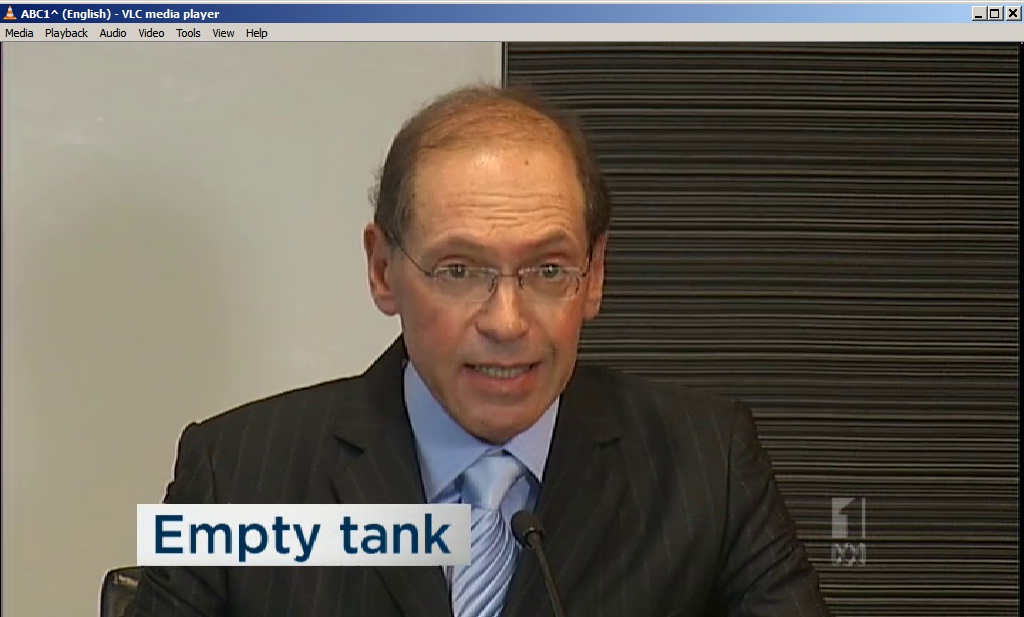 Caltex CEO Julian Segal: “To ensure we continue to reliably supply our customer’ growing fuel demands beyond thee Kurnell transition period, we have recently entered into a long-term agreement with Chevron for the procurement and supply of imported transport fuels (petrol, diesel and jet fuel). Under the arm’s length arrangement, Chevron will procure and supply to Caltex imported product at market based prices.”
Caltex CEO Julian Segal: “To ensure we continue to reliably supply our customer’ growing fuel demands beyond thee Kurnell transition period, we have recently entered into a long-term agreement with Chevron for the procurement and supply of imported transport fuels (petrol, diesel and jet fuel). Under the arm’s length arrangement, Chevron will procure and supply to Caltex imported product at market based prices.”
http://www.acapma.com.au/articles/caltex-announces-supply-chain-restructuring.html
Empty Tank? That’s ABC TV’s head line. But let’s have a look at how Chevron is doing:
http://www.chevron.com/annualreport/2011/documents/pdf/Chevron2011AnnualReport.pdf
Oops, that doesn’t look encouraging, from Chevron’s Annual report 2011. And how about the longer term picture?
 Data are from here: http://www.chevron.com/news/publications/#b2
Data are from here: http://www.chevron.com/news/publications/#b2
Oh, that’s a long term decline. Since 2004, the rate was around -3% pa. Crude oil and NGL production as well as refinery inputs are on a bumpy plateau:
So this is clearly not sufficient for a growing demand as mentioned. And how about supply security? In an interview with Ky Chow from the Australian Financial Review Julian said:
“Caltex has been around for 100 years because it adjusted itself to the environment in which we live. 50 years ago we built a refinery here in Kurnell because it is the right thing to have the capability of producing our own finished product from Australian crude. Today this is not reality any more and we are putting in place securing the future for Caltex for the next 50 years……… Bringing product from Singapore is more secure than bringing crude from West Africa”
http://afr.com/p/national/video_interview_with_caltex_ceo_nfxebhVnaHvtOOCjX6ARqM
Really? According to OPEC’s statistical bulletin 2012 the Asia-pacific region imported 11.3 mb/d from the Middle East.
http://www.opec.org/opec_web/static_files_project/media/downloads/publications/ASB2012.pdf
Singapore welcomes US exemption from Iran oil sanctions: ministry
29/6 /2012
Singapore’s Ministry of Foreign Affairs has welcomed the US decision to exempt it for 180 days from sanctions levied against countries who trade with Iran, it said in a statement Friday on its website.
The exemption takes “into account that since May 2012, no Iranian crude oil was imported into Singapore,” an MFA spokesman said in the statement. “Notwithstanding this exception, Singapore companies and [financial institutions based in Singapore] know these unilateral sanctions still exist, and should continue to consider the impact of all such sanctions on their commercial decisions.”
http://www.platts.com/RSSFeedDetailedNews/RSSFeed/Oil/8453449
Irrespective of the sanctions, Iran is at its 2nd and last oil peak
 6/1/2012 Iran playing war games but not in video arcades
6/1/2012 Iran playing war games but not in video arcades
http://crudeoilpeak.info/iran-playing-war-games-but-not-in-video-arcades
And how about Australia’s current crude oil imports?
 We can see that South East Asian suppliers have peaked and that indeed Australia has to get its crude oil from far-away places (black area).
We can see that South East Asian suppliers have peaked and that indeed Australia has to get its crude oil from far-away places (black area).
Conclusion:
If Chevron’s petroleum sales continue to decline at 3% pa and China having manufactured another 30 million cars by 2014, tough times await Australian motorists. And of course this is not good news for toll-way operators who have speculated on perpetual traffic growth. Neither has this sunk in with Metropolitan Strategy planners, Infrastructure Australia and many other departments. The more people there are in Sydney, the longer the petrol lines at filling stations in a city without refineries.
Related link:
25/6/2012
10 Mouse clicks to calculate Australian crude oil depletion of 83 %
http://crudeoilpeak.info/10-mouse-clicks-to-calculate-australian-crude-oil-depletion-of-83-per-cent
Addendum:
How did the Sydney Morning Herald report on the Caltex closure in its 27/7/2012 print edition?
(1) Energy security under threat – Shorten
Mr Shorten (Federal Workplace Relations Minister) told the Herald the decision heightened fears that Australia could start experiencing energy security problems in a decade or so.
Mr Shorten’s comments contrast with those of the federal Minister for Resources and Energy, Martin Ferguson, who said Caltex’s decision would ”not jeopardise Australia’s energy security”.
http://www.smh.com.au/nsw/energy-security-under-threat–shorten-20120726-22v66.html
Comment: In a decade? The Australian Government’s own report BITRE 117 shows 2017 as the peak oil year with following recommendation: “Thus at some point beyond 2017 we must begin to cope with the longer-term task of replacing oil as a source of energy. Given the inertias inherent in energy systems and vehicle fleets, the transition will be necessarily challenging to most economies around the world.”
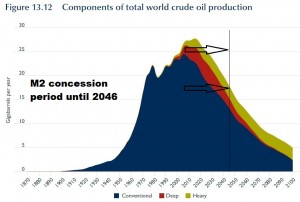 This website shows statistical evidence that peak oil started in 2005 and it should be clear that the closure of refineries is part of this peaking.
This website shows statistical evidence that peak oil started in 2005 and it should be clear that the closure of refineries is part of this peaking.
(2) Tunnel vision
STATE and federal infrastructure advisers are at odds over the size and scale of Sydney’s next generation of road tunnels, and whether they should be limited to trucks, tradespeople and buses.
The idea, however, is set to be rejected by Infrastructure NSW, which will hand down a report to the state government in months recommending the construction of new motorways.
Comment: SMH articles (1) and (2) are on the same page. The planning of new motorways – assuming perpetually growing traffic – is of course in stark contrast to the problem of energy security. Growing demand for fuels from a growing network of motorways will increase the risk to the economy. No one can connect the dots here.
(3) Powerhouse to warehouse
If Kurnell were a centre of artistic excellence, instead of the industrial architectural equivalent of an electrical substation, its end would be met by the tears and heartache of an Opera House demolition.
http://www.smh.com.au/nsw/powerhouse-to-warehouse-kurnell-running-on-empty-20120726-22v5d.html
Comment: A nice linguistic word game. “Powerhouse” is Sydney’s technical museum with a focus on science and design. Well, without refineries cars will become rolling museums.
(4) Importing fuel better for the consumer
ENERGY security is probably the last thing on most people’s minds when they fill up their cars.
Comment: Why is this so? Because the media is not informing the public about peak oil.
(5) Nation now exposed to global markets
Any supply disruption, from technical problems at offshore refineries, to piracy and war that may affect shipping lanes, will be felt in the local market within a matter of days.
Other countries which are heavily exposed to foreign oil imports have moved to establish oil stockpiles, to give them a buffer in case of major supply disruptions.
But to date, this has not even been discussed in Australia, with both Federal and state governments seemingly washing their hands of the issue, leaving it to the private sector to make decisions that are in their own best interests.
Comment: This is the only proper assessment among these 5 articles. But the global peak oil is left out.
Conclusion: None of the articles has done any independent, updated number crunching on global and Australian crude oil and fuel supplies. The decline in Chevron’s petroleum sales was overlooked, not to mention peak oil and the fact that Australia is exporting its only alternative transport fuel, natural gas, in quantities equivalent to the total petrol and diesel consumption in Australia.
9/5/2012
Queensland plans to export more than 10 times the gas NSW needs (part 3)
http://crudeoilpeak.info/queensland-plans-to-export-more-than-10-times-the-gas-nsw-needs-part-3
13/10/2011
NSW gas as transport fuel. Where are the plans?
http://crudeoilpeak.info/nsw-gas-as-transport-fuel-where-are-the-plans
11/10/2011
Australia’s natural gas squandered in LNG exports
http://crudeoilpeak.info/australias-natural-gas-squandered-in-lng-exports
